AC Maintenance Checklist: What to Do Before Summer Heat Arrives
Preparation
When summertime temperatures rise, it’s important to make sure you’re prepared. Before the heat arrives, it's important to check your air conditioning system to make sure it’s running efficiently and reliably. A pre-summer maintenance check on your air conditioner can help prevent serious repair needs down the road.
Here are some important steps you should consider when prepping your AC unit for the upcoming hot season.
Check the air filter
Before summer heat arrives, it’s important to check the air filter in your air conditioning system. A dirty or clogged filter can reduce the efficiency of your system and cause your energy bills to skyrocket. A clean filter also helps improve air quality by removing trapped dust, pollen, and other airborne pollutants from the air circulated throughout your home or business.
To check the air filter, locate it and remove it from its housing. Inspect it closely for visible dirt and dust that should be cleaned away with a vacuum or steam cleaner, if needed. If there is significant buildup of dirt on the filter, replace it with a new one of the same size.
Depending on how much activity is happening in your space (such as cooking or running heavy machinery) you may need to change and clean your filter every few months during autumn, winter and spring. In summer months when you’re running your AC more often, you might want to increase that frequency even more often - once every month or two - in order to maximize efficiency when using your AC system most heavily.
Inspect the condenser
It's important to inspect your condenser before summer heat arrives. The condenser is usually located outside your home and is responsible for releasing heat from the refrigerant. Your condenser should be free from all dirt, debris, and vegetation. Be sure to clear any foliage away from your condenser unit and remove any accumulated dirt that could hinder airflow through the unit or cause it to run inefficiently.
The fan blades should spin freely and the fan motor should work properly without abnormal noise or vibration. It's always a good idea to check the manufacturer's specifications for clearances around the condenser unit before you begin inspecting it, as some models require more breathing room than others.
In addition, check the refrigerant line connections at both the condenser and evaporator units to make sure they’re secure and sealed properly with no visible cracks in their insulation Protecting your system during hot summer days can make all the difference in keeping potential outdoor repairs at bay.
Check the evaporator
Checking the evaporator is an important step in preparing a central air conditioner for the hotter months ahead. The evaporator is the part of the A/C system located in the indoor unit that cools and dehumidifies incoming air from your home, releasing it as cooler, comfortable, dry air. To check it, you'll need to remove the access panel and visually inspect it. Make sure there are no clogs or blockages and that it isn't leaking. If any of these problems are present, you'll need to contact a professional HVAC technician to repair or replace the evaporator.
Other necessary steps in checking your evaporator include:
- Checking coils - Inspect coils for dirt and debris buildup; if the amount of buildup exceeds ¼ inch thick, they should be cleaned before running your AC system again.
- Replacing filter - Your AC filter should be replaced every few months to ensure optimum performance from your system and reduce energy consumption.
- Testing operation - Make sure both fans are working correctly via testing; this will ensure even cooling throughout your home during scorching summer days.
Check the blower motor
Before the summer heat arrives, your air conditioning system needs to be inspected and tuned up to make sure it runs efficiently throughout the warmer months. One important component is your blower motor, which needs to be checked for signs of burning, vibration or other malfunctions. You should also test the direct drive motor if possible.
This involves checking the fan belt for signs of wear and tear, as well as testing for loose connections and evaluating overall performance. If any issues are discovered, a professional technician should be hired to assess the problem and make repairs if necessary.
It is also important to make sure that all wiring is properly connected and that any air leaks in the area have been sealed. Doing this will help ensure that you get optimal performance from your AC system during hot summer months.
Check the refrigerant levels
The refrigerant in your AC is essential for it to work properly. The amount of refrigerant should be sufficient and without any leaks. Too much or too little refrigerant can significantly reduce the efficiency of your system leading to decreased cooling capabilities and potentially damaging other components of the unit. If you find out that your AC has a leak in it, you need to have it fixed right away by a qualified technician.
To check if the refrigerant levels are appropriate, follow these steps:
- Switch off the power supply and turn on both valves - suction valve (also known as a high side valve) and liquid line valve (or low side), which allows air conditioning technician to accurately measure the pressure inside the system.
- Connect the gauge set's hoses over both the valves for a better reading. Make sure not to move them more than necessary since any movements can reduce its accuracy.
- Observe the pressure readings indicated by both gauges; if there is a considerable discrepancy between them, it is an indication of inadequate refrigerant in the AC unit that needs to be addressed by professional technicians as soon as possible.
- Using an appropriate gauge set such as digital electronic scales, take readings for temperature and subcooling at both valves respectively and calculate superheat directly with built-in algorithms using relevant measurements adjusted according to design criteria set forth by manufacturer recommendations, allowing technicians to determine an exact amount of new air conditioning gas required if needed in order to bring back system functionality up standard parameters.
Cleaning
Cleaning is an important part of AC maintenance and it is essential that you clean your air conditioner regularly in order to keep it running at its best. This is especially important when summer heat arrives and your AC is running regularly.
There are a few things you should pay attention to when you are cleaning your AC. Let's take a look at them.
Clean the condenser coils
The condenser coil is one of the most important components of your air conditioner. It’s located outside your home and is responsible for dissipating the heat that your air conditioner absorbs from your home. The coils become dirty over time due to dust and debris, eventually reducing the system's efficiency and effectiveness. To ensure proper function, it’s important to clean the coils at least once a year, before running your air conditioner during summer months.
You can clean the condenser coils yourself using a garden hose with a direct stream attachment or by using an aerosol coil cleaner specifically designed for this task. Whichever method you choose, it's important to proceed carefully to avoid damaging the sensitive tubing and wiring that make up the unit. Once you're finished cleaning, check for any buildup in crevices as well as rust stains on fan blades that may signify water damage or corrosion. Use a brush or vacuum to remove any dirt or debris that has accumulated there for overall better cooling performance before running your AC this summer season!
Clean the evaporator coils
In order to prevent your air conditioner from overworking and causing further damage, it is important to keep the evaporator coils clean. These evaporator coils, also known as cold coils, are a critical component of the air conditioner located inside of your home. When dirt or debris blocks the evaporator coils, they cannot absorb heat or properly cool your home leading to an inefficient unit. To ensure you have proper cooling for summer months, it is recommended you clean these evaporator coils at least twice a year (spring and fall).
To clean the evaporator coils, take off the access panel on the air handler (a metal cabinet containing all major components) to reveal the cold coil and use either a vacuum cleaner with soft brush attachment or a coil cleaning solution designed for such use. Make sure to properly drain off excess water collecting on top of the coil. It is also important to pay special attention to making sure no wires are damaged when accessing these components within your air handler as improper access could lead to further damages/costs when using unprofessional services.
After cleaning, ensure you return all panels back in their original place before turning on again by flipping its switch in circuit breaker box. Always hire professionals like Roman's Service Cooling & Heating if you feel uncomfortable working with any internal parts or after troubleshooting has been completed without success.
Clean the air ducts
The inside of your home’s air ducts may accumulate debris, dust, pollen, and other allergens over time. These contaminants can negatively affect the quality of your home’s air and decrease efficiency in many areas. It is important to have the air ducts cleaned prior to the start of summer heat to ensure optimal efficiency from your air conditioning system.
One way to clean air ducts is by having an HVAC professional use an industrial vacuum cleaner and a collection device designed for health-related applications. This type of cleaning should involve a thorough inspection for any visible signs of mold or additional contaminants in the system before and after cleaning as mold and bacteria can build up along with other particles or debris if prevention steps are not taken.
If you notice any signs of mold growth or odors that suggest bacteria is present in your system, contact a trained HVAC professional immediately as they will be able to provide more specialized treatment methods such as UV light treatments, chemical treatments, and antimicrobial coatings specifically targeted towards these issues. Doing so will help maintain healthy levels of indoor air quality throughout the summer months when temperatures become more extreme outdoors as AC usage increases indoors day after day.
Clean the blower motor
The blower motor, sometimes referred to as the fan motor, is the most accessible part of the air conditioning system and should be cleaned of any dust and debris. If left uncleaned and in a blocked-up state from dirt, pollen or other allergens, the unit will not be able to cool efficiently and may cause energy costs to rise dramatically.
Begin by using a vacuum cleaner with an extension hose to remove any loose dirt from all visible surfaces and then move on to cleaning the blower motor itself. This can often be done quickly with a soft cloth dampened with warm water and cleansing agents, such as detergent or soap. Make sure all solution has been removed afterwards.
To prevent further dirt buildup and potential damage over time, change your air filters every two to three months.
Maintenance
To get the most out of your air conditioner (AC) this summer, it's important to do a bit of maintenance and upkeep before the summer heat arrives. A maintenance checklist ensures that all the necessary steps are taken to keep your AC running efficiently and reliably during the hot summer months.
Let's take a closer look at what should be included in your summer AC maintenance checklist.
Check the thermostat
Before the warmer summer days arrive, properly checking the thermostat on an air conditioning unit can save up to 30% on energy costs. It is important to ensure it is correctly set and functioning efficiently so that your air conditioning unit runs when needed but isn’t running all day long.
To check your thermostat:
- Check all settings—make sure they are properly adjusted, especially if you adjust them at any time during the year to save energy.
- Make sure it is plugged in—that’s an easy one!
- Look for possible maintenance problems that could be making it less efficient, like old batteries or needs calibrating.
- If you have a programmable thermostat, make sure you understand how to use its features so that you can manage temperature settings as needed over the summer months and prevent waste of energy.
Check the electrical connections
The electrical connections in your air conditioning system should be regularly checked for signs of wear or corrosion. This should be done carefully, as any errors can cause the AC system to malfunction and significantly limit its performance capability.
Prior to summer's arrival, check that the electrical wiring used in your AC unit is not outdated or frayed, and fasten all contact points securely. The wiring should also be checked in the breaker box, including that of the thermostat. Make sure all junctions are wired properly, with grounding connected to a connection point on the furnace and condenser unit chassis.
While many homeowners feel comfortable completing this task themselves, it can also help to hire an experienced technician who can ensure that everything is properly connected and compliant with safety standards.
Check the safety controls
Safety controls for your AC system should be checked before the summer heat arrives. These controls turn off your unit in the event of a malfunction, preventing harm to you, your family and your property. Check to make sure these safety controls are in good working order; the most common safety control is the high limit control switch. This component is a thermostat that will disengage power to the system if it overheats. Make sure this switch is adjusted properly to prevent overheating and shut off power at the right temperature.
In addition, check all wiring associated with the safety controls to ensure that no frayed or broken wires exist that could cause electrical damage when turning on and operating your air conditioner unit. It’s important to check these safety features anytime you use an air conditioner; any signs of wear or corrosion should be addressed immediately by a professional service technician for accurate diagnosis and repair of any potential problems before damage can occur during summer heatwave conditions.
Check the condensate drain
The condensate drain is crucial to the proper functioning of your air conditioning system and needs to remain free of obstructions. Add a vinegar-water mix or a drain cleaning solution to the condensate drain and run a few gallons of water through it to ensure it’s clear. To prevent clogs and backups in the future, once the drain is clean, install and check for a cheater valve (or check if one was already installed).
A small T-shaped fitting put into place before the trap will send an upset signal if something is wrong with the condensate drainage system. Flush as needed. Additionally, place an electrostatic filter pad or electronic air filter into your existing filtering system; this should be performed at least every three months (rotating yearly).
Testing
Before the summer heat arrives, it is important to make sure your A/C is running properly. This means testing all parts of the system for any potential issues that may arise.
Checking the blower, measuring the refrigerant levels and assessing the ducts are all part of the A/C maintenance checklist.
In this blog, we will discuss what to look out for before summer arrives.
Test the air flow
Testing air flow is one of the most important tasks to perform during pre-summer air conditioning maintenance. The air flow is what carries cooled air across the entire home, maintaining a comfortable interior temperature. To check the airflow:
• Turn off the power to your AC unit before you begin.
• Follow any manufacturer’s instructions that you can find with your unit and on their website for maintenance and cleaning procedures.
• Start by removing any built-up debris from around your outdoor AC compressor.
• Clean the condenser coils with a coil brush or a garden hose for larger surface area grills.
• Once you have cleared away any clogs in your air filters, inspect them as well. Making sure there is no dust or dirt building up around them, which can obstruct incoming airflow.
• Look over any other parts of your AC system that might be prone to clogs, such as drain pipes and evaporator drain lines. Make sure these are all clear of debris so they can function properly throughout the summer months.
• Lastly, measure the airflow inside our home by using an airflow meter or anemometer designed specifically for this purpose. This way you can confirm that there is enough cool air circulatory throughout each room in your home at all times during summer peak heat hours.
Test the system's pressure
It is important to test the air conditioning system’s pressure before beginning summer operations. The proper pressure range for an air conditioning system is usually between 8 and 28 PSI. If the pressure range varies from 8 PSI to 28 PSI, there can be a variety of problems, such as leaky parts or low amounts of refrigerant in the system. For example, if your air conditioning system’s pressure is found to be too high, it may indicate a blocked filter or compressor malfunction that should be addressed right away.
When testing the air conditioning system’s pressure, it is important to have a professional technician do the job, who will have the correct equipment and know-how to take proper readings. They can then assess any issues and make necessary repairs in order to ensure optimal performance of your AC as summer heat arrives.
Test the system's temperature
Before the hot, summer months set in, one of the most important AC maintenance checks every homeowner should perform is testing their system’s temperature. Temperature test results tell you whether your cooling system is running efficiently and can point to potential problems with your outdoor unit or indoor evaporator coil.
Temperature testing of your air conditioner requires a professional technician to accurately assess the air temperature coming into and out of your system's evaporator coil. This can be done using both non-invasive measurement equipment such as infrared thermometers, as well as more invasive methods such as removing access panels to measure airflow and temperatures directly from certain AC components. The technician will then compare this data with manufacturer's specs for your particular unit in order to determine a valid diagnosis for any issues.
In addition to testing the indoor unit’s temperature, technicians also test several other aspects of a cooling system including the compressor’s current draw, incoming voltage test, starting amps tests, multiple speeds tests and fan motor rotation checks in order to identify any potential problems that may be affecting its performance capacity before summer arrives. Testing your air conditioner's temperature on an annual basis can help alert homeowners quickly if their system needs any repairs or service that might be needed before temperatures climb above 90 degrees Fahrenheit outside.
Test the system's energy efficiency
Testing the energy efficiency of your system should be part of your AC maintenance checklist before summer comes. You can do this in two ways. You can measure the temperature difference between entering and leaving air with a thermometer or use an industry-standard rating method to determine if the system is working at optimum efficiency.
If you opt for the latter, technicians can assess factors such as airflow and pressure, as well as changes in temperature readings through vents, to evaluate how much energy is being consumed to keep your home comfortable. They will also check for sufficient insulation for your walls, floors, and ceilings, if these items are relevant to your AC system.

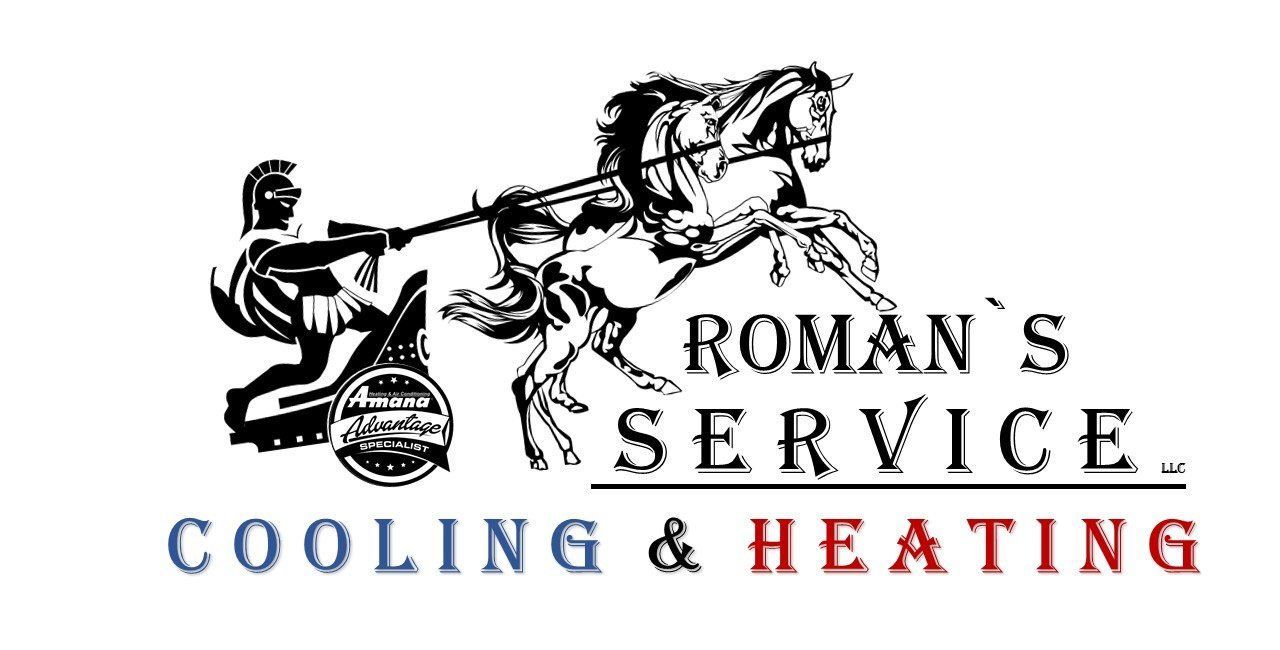
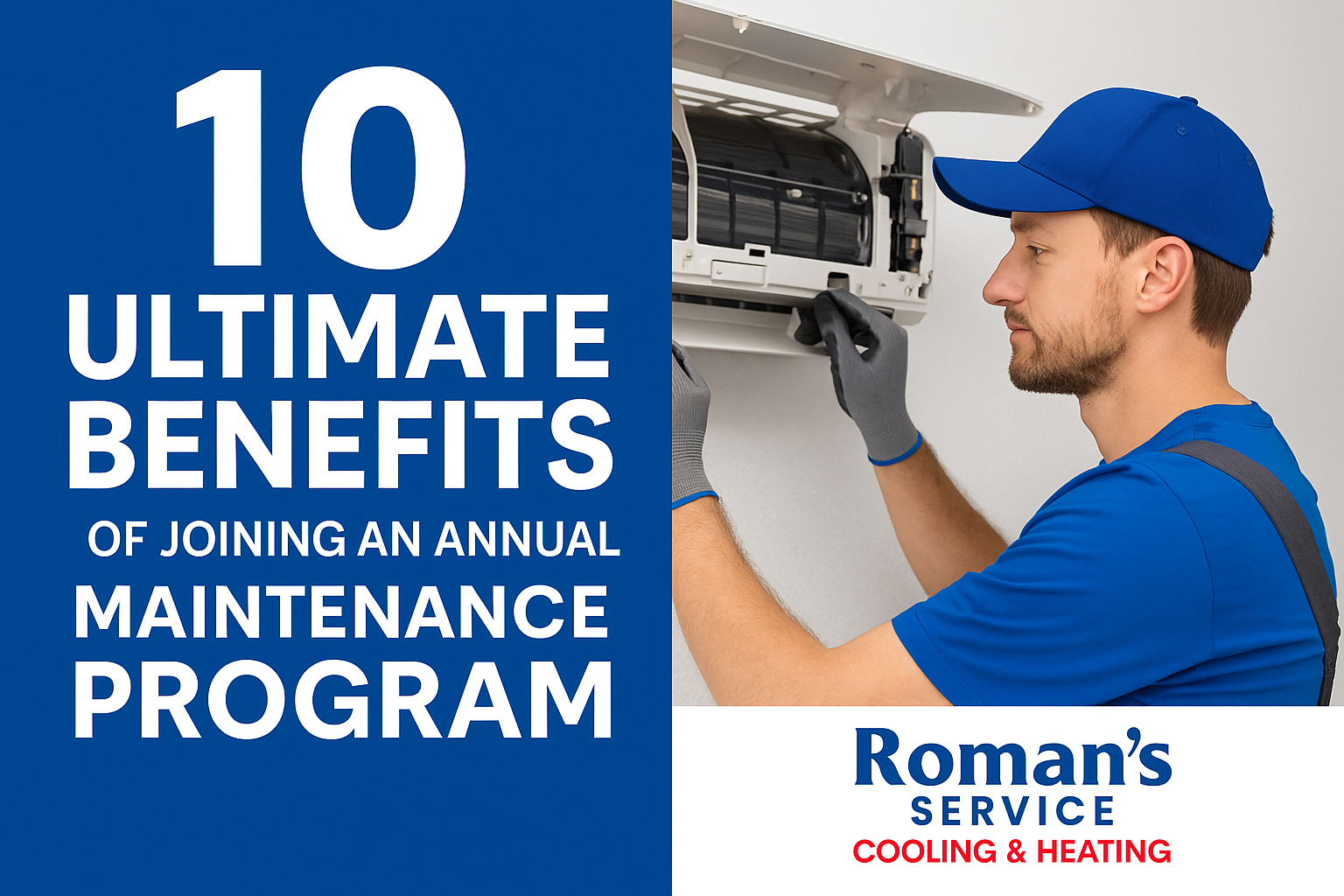
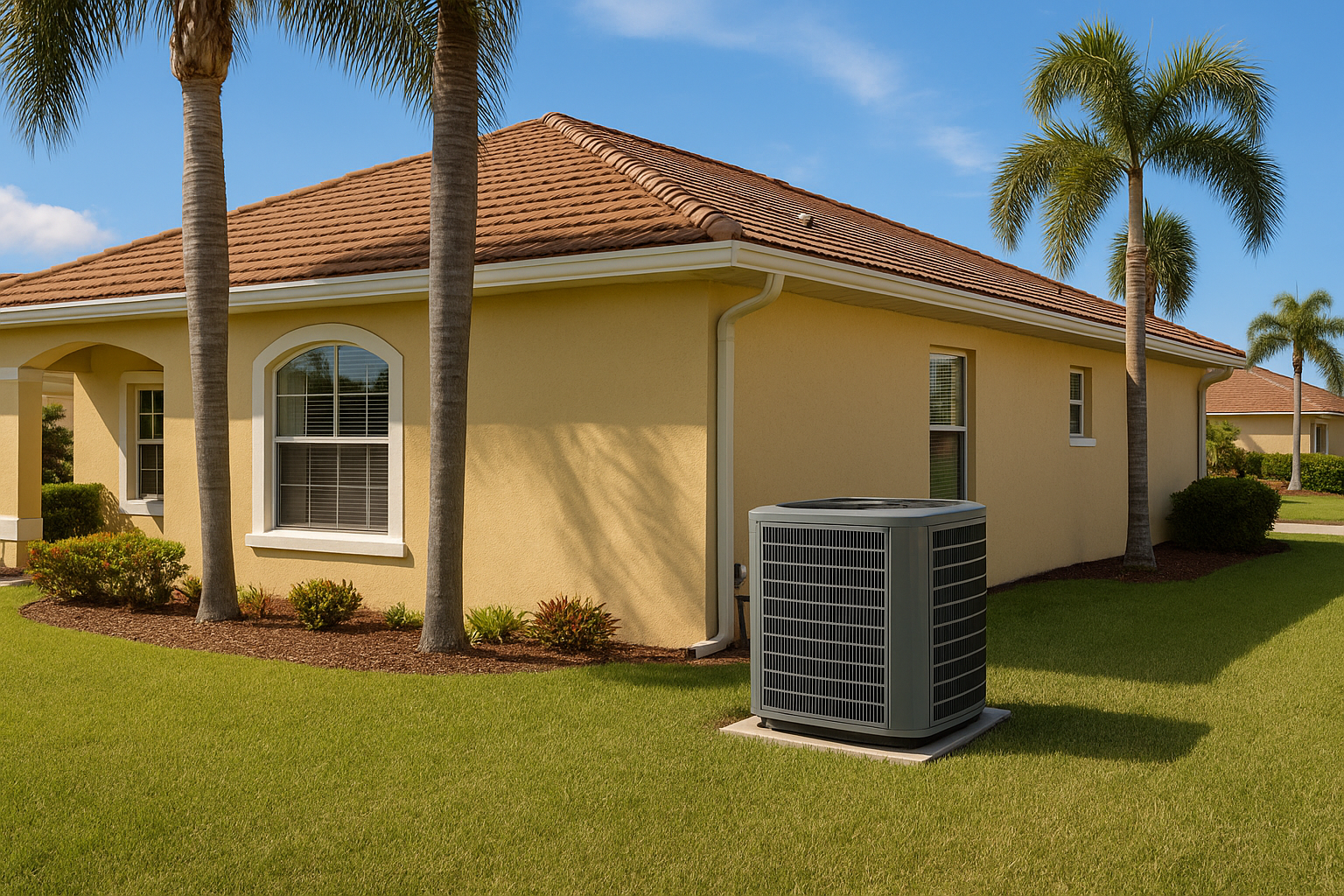
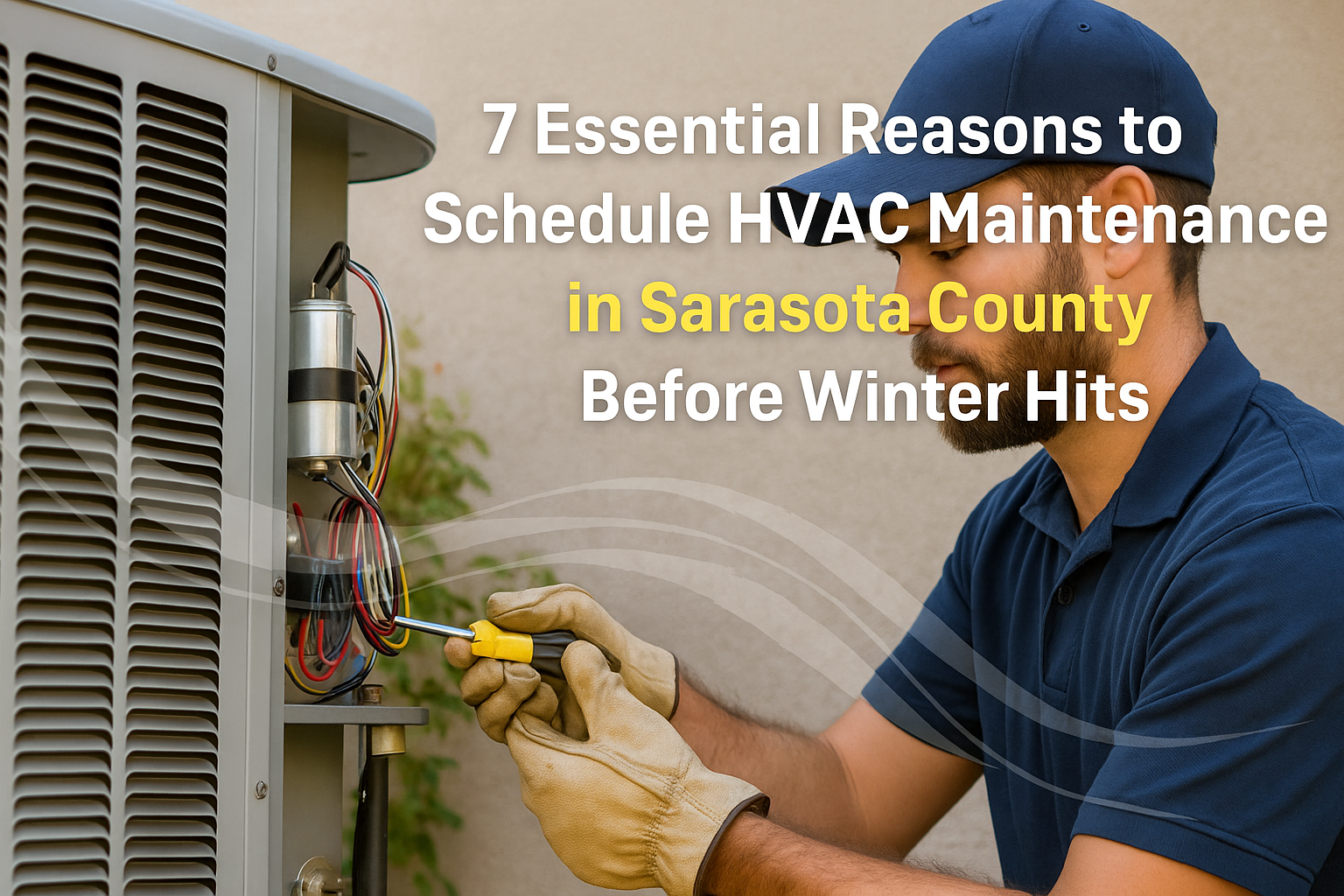

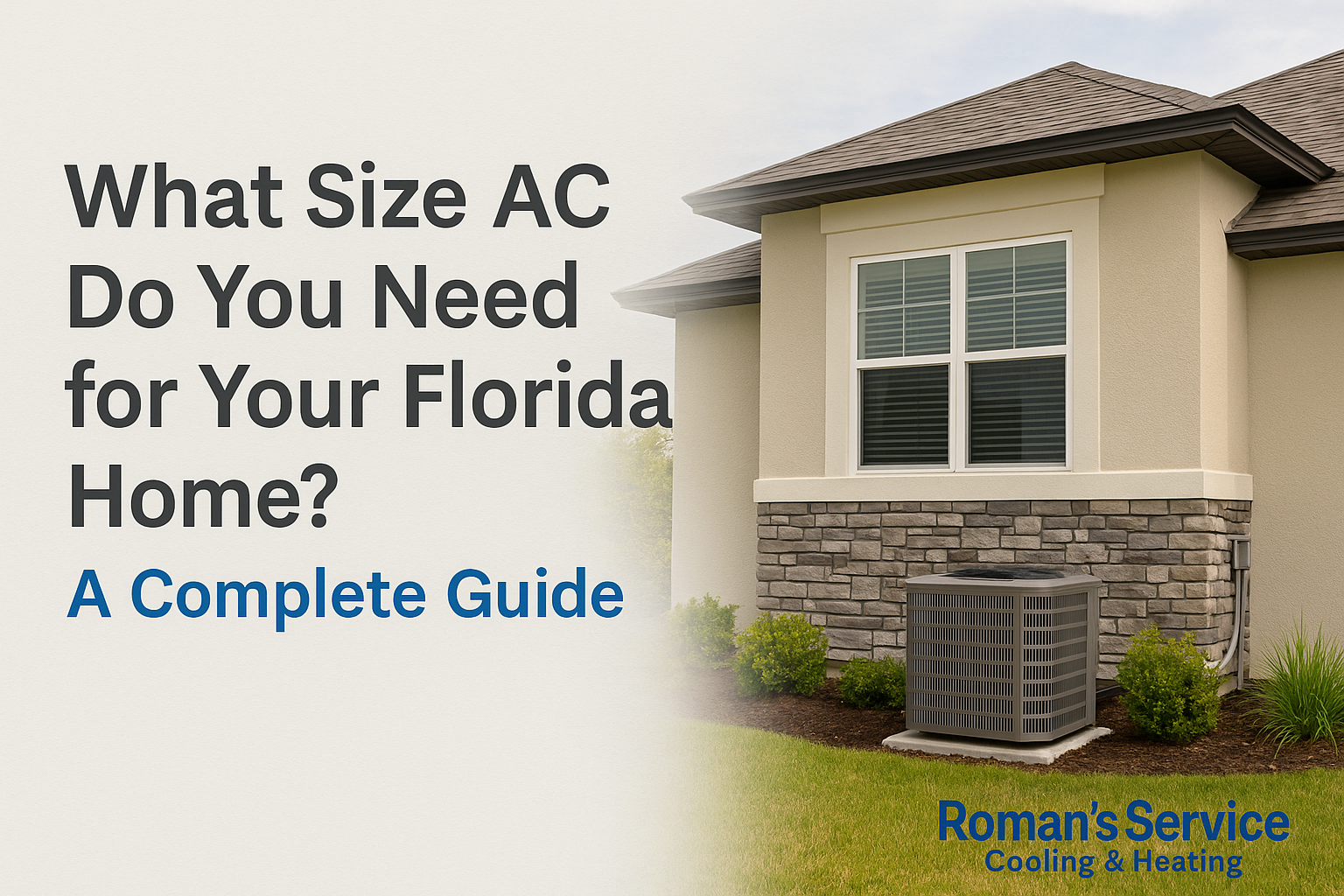


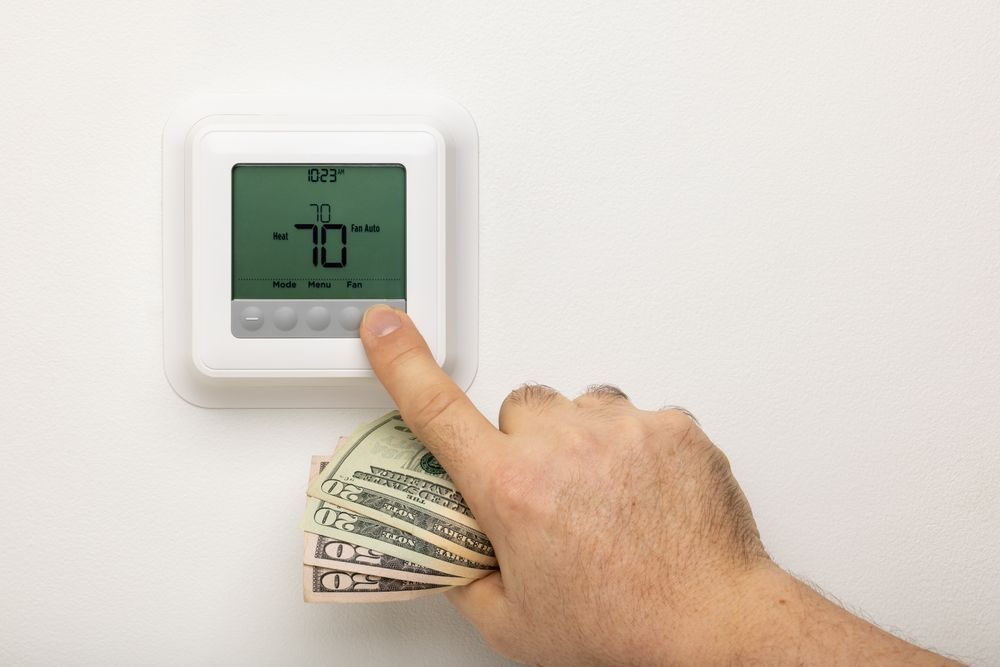
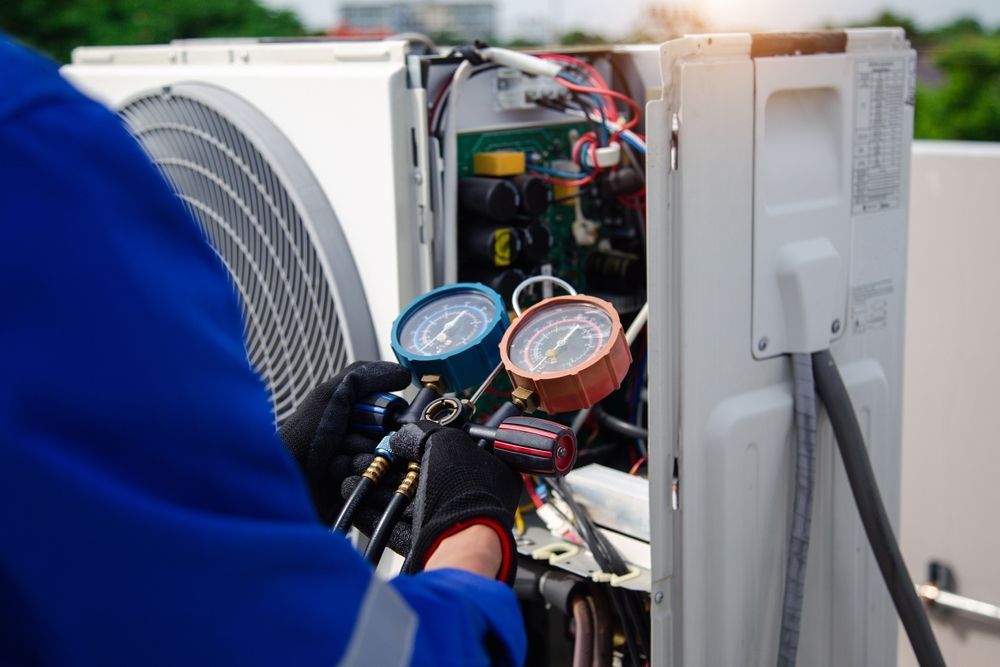
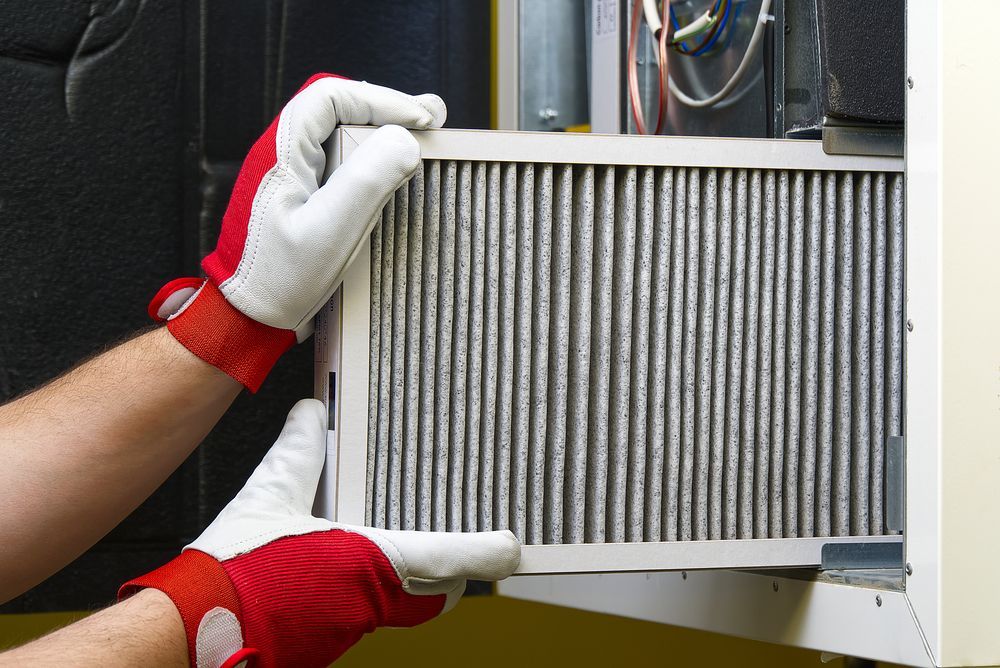
Share On: